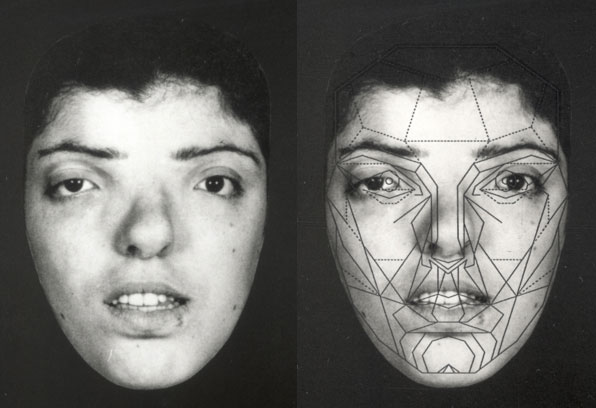
Interest in cosmetic surgical procedures continues to grow among young adults in the United States. Exposure to cosmetic surgery advertising was correlated with increased approval of cosmetic surgical procedures, especially the perception that advertising influences "others" more than survey respondents themselves. Other factors associated with acceptance and approval of cosmetic surgical procedures included importance of appearance to self-worth, concern with social standing and attractiveness, investment in appearance, media influence on body image, and positive attitudes towards celebrities.

Studies consistently demonstrated an inverse relationship between body satisfaction and use of aesthetic procedures among this patient population. In general, young women were more likely to express interest in cosmetic surgical procedures than young men. The proportion of college-aged participants who had undergone cosmetic surgical procedures ranged from 1.3% to 6.4% with surveys reporting that between 21 and 43% were interested in procedures in the future. Each study used survey-based data to determine attitudes, acceptance, interests, perceptions, and beliefs about cosmetic surgical procedures among college-aged students in the United States.

In this narrative review, studies assessing attitudes towards cosmetic surgical procedures among college-aged young adults were evaluated.Ī search identified 20 studies published from 2002 to 2021 that focused on cosmetic surgical procedures among young adults. Consequently, patients have been seeking cosmetic surgical procedures at younger ages. This trend has been driven by procedural innovations as well as access to Internet and social media. Over the past decade, cosmetic surgical procedures have become increasingly popular. The measurements and proportions for facial balance in the study population showed that the participant’s facial height proportions did not follow the golden proportion. No significant association was found between the golden ratio and facial evaluation scores among all ethnicities. The 1-sample test showed no significant difference among the means of each variable (P>.05), suggesting that the golden proportion is found in natural facial esthetics.Ĭonclusions. Deviation of the facial proportions from the golden proportions was further analyzed by using a 1-sample t test (a=.05).

A comprehensive search of the electronic databases that included PubMed/MEDLINE, Web of Science, Embase, Scopus, Scopus Secondary documents, and the Cochrane Database of Systematic Reviews was conducted using the terms “golden proportion”, “golden proportions”, “golden ratio”, “golden ratios”, “golden number”, “golden section”, “divine proportion”, “divine proportions”, “divine ratio”, “divine ratios”, and “Fibonacci” in combination with 1 or more of the ensuing terms: “facial proportion”, “facial proportions”, “facial measurement”, and “facial measurements”. The purpose of this systematic review was to evaluate the deviation from the golden proportion in the measurements of different natural vertical facial ratios. The golden proportion has been the most documented ratio, but the actual existence of codified facial ratios in facially attractive individuals remains unclear. Faces considered attractive tend to possess a general harmony however, scientific studies on the quantitative basis of human facial attractiveness are still sparse.


 0 kommentar(er)
0 kommentar(er)
